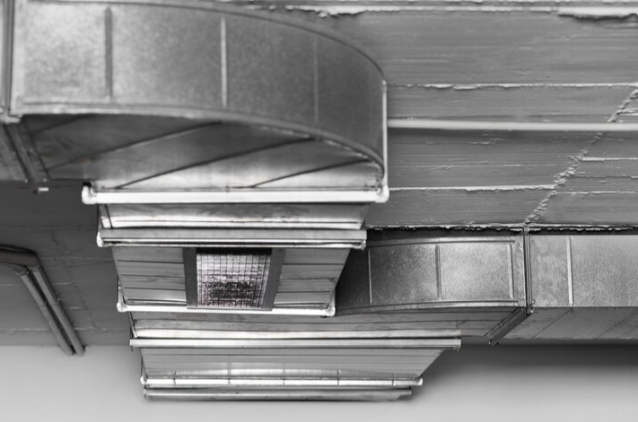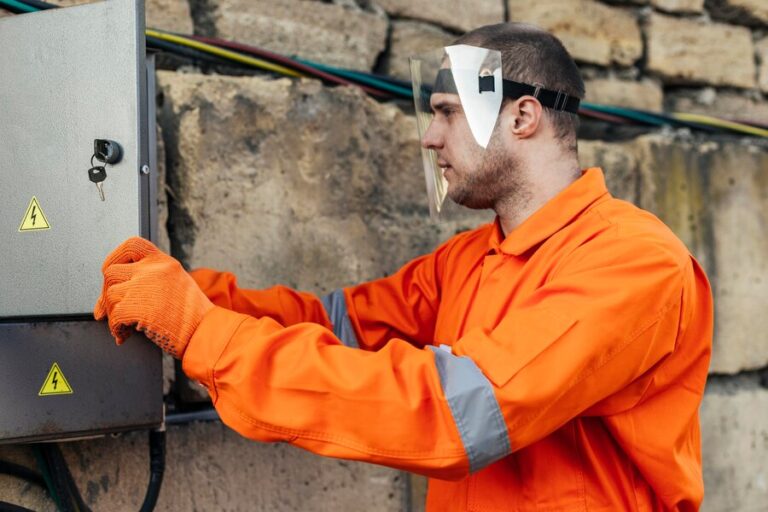Duct cleaning is an essential aspect of maintaining indoor air quality and ensuring the efficiency of heating, ventilation, and air conditioning (HVAC) systems. Over time, ducts can accumulate dust, debris, mold, and other contaminants, leading to poor air quality and potential health issues. In Melbourne, where extreme weather conditions are common, regular duct cleaning is crucial for both residential and commercial properties. Let’s delve into the various available methods for duct cleaning in Melbourne residents.
1. Manual Cleaning
Manual cleaning involves physically removing debris and contaminants from ductwork using specialised tools such as brushes, vacuums, and compressed air. This method is effective for removing visible dust and debris but may not address deeper contaminants like mold or bacteria. Manual cleaning is often the first step in duct maintenance and is suitable for routine maintenance tasks.
2. High-Efficiency Particulate Air (HEPA) Vacuuming
HEPA vacuuming is a powerful method used to remove fine particles from ductwork. HEPA vacuums are equipped with filters capable of capturing tiny particles as small as 0.3 microns, ensuring thorough cleaning of ducts. This method is particularly effective for removing allergens, dust mites, and pet dander, making it ideal for households with allergy sufferers or asthma patients.
3. Rotary Brush Cleaning
Rotary brush cleaning involves using a rotating brush attached to a flexible shaft to agitate and dislodge debris from duct walls. This method is effective for removing stubborn buildup and can reach deeper into ductwork than manual cleaning alone. Rotary brush cleaning is often followed by vacuuming to ensure that loosened debris is completely removed from the system.
4. Chemical Cleaning
Chemical cleaning utilises specialised cleaning agents to break down and dissolve contaminants within ductwork. These agents are applied either manually or using a fogging machine, allowing them to penetrate deep into the ducts and eliminate mold, bacteria, and other harmful substances. Chemical cleaning is particularly beneficial for addressing microbial growth and can help improve indoor air quality significantly.
5. Steam Cleaning
Steam cleaning involves the use of high-temperature steam to sanitise and clean ductwork effectively. The heat from the steam kills bacteria, mold, and other pathogens while loosening dirt and debris for easy removal. Steam cleaning is an eco-friendly method that doesn’t require the use of harsh chemicals, making it a preferred choice for environmentally conscious homeowners.
6. Negative Air Pressure Cleaning
Negative air pressure cleaning utilises powerful vacuums to create suction within the ductwork, effectively pulling contaminants out of the system. This method ensures thorough cleaning of the entire duct network and is particularly effective for removing fine particles and allergens. Negative air pressure cleaning is often combined with other methods for comprehensive duct maintenance.
Conclusion
Maintaining clean ductwork is essential for ensuring healthy indoor air quality and maximising the efficiency of HVAC systems. In Melbourne, where extreme weather conditions can exacerbate indoor air pollution, regular duct cleaning is imperative. By exploring different methods such as manual cleaning, HEPA vacuuming, rotary brush cleaning, chemical cleaning, steam cleaning, and negative air pressure cleaning, Melbourne residents can ensure that their ductwork remains clean and free of contaminants. Investing in professional duct cleaning services can contribute to a healthier and more comfortable indoor environment for you and your family.







